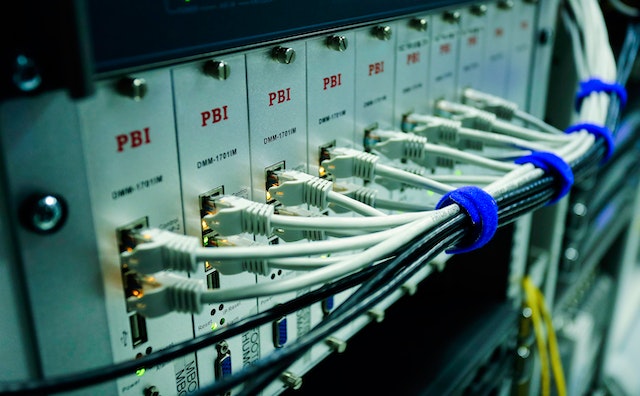Whenever you want to dig, excavate, or install any utility lines, you must be aware of the exact placement of subterranean wires to avoid accidents and damage. Although finding underground cables can be difficult, it is possible to do it swiftly and efficiently with the right tools and techniques. In this blog article, we’ll demonstrate how to quickly detect buried cables.
Understanding Underground Cables
Before we can begin the process of identifying subterranean cables, it is essential to comprehend underground cable locator and their numerous kinds. Electrical wires are buried beneath to supply electricity to houses, businesses, and other structures. These cables could be fiber-optic, communication, or power cables, among other types. Communication cables, power cables, and fiber-optic cables are all used to transmit electricity, telephone, and internet connections.
Detection Equipment for Underground Cables
There are a variety of equipment available for locating underground cables, depending on the type of cable you’re looking for. The following are some typical tools used to find underground cables:
Underground cables can be located using a portable device called a cable finder. It works by sending a signal into the earth, which the cable locator then detects.
Radar that can penetrate the ground: Ground penetrating radar (GPR) is a tool that uses electromagnetic waves to search the ground for items. It is able to find underground lines and utilities.
A metal detector can also be used to find buried wiring. A metal detector can locate cables since it detects the presence of metal and the majority of cables are made of metal.
Tracking Down Subterranean Cables
Once you have the required tools, you may start searching for buried wires. Following are the steps:
Find the cable: To determine the general location of the cable, use a map or a utility plan.
You can pinpoint the exact location of the cable by using a cable locator. Follow the cable’s path while keeping the cable finder near to the ground. The cable locator will signal when it has located the cable.
Once you’ve discovered the cable, use a metal detector or a GPR to confirm the location. These tools allow you to determine the cable’s location with more accuracy.
Mark the location: After locating the cable, use flags or spray paint to indicate its location. This will help you avoid excavating or digging in the wrong place.

